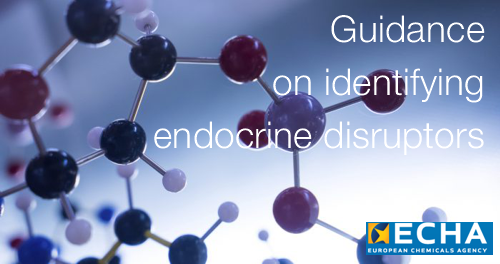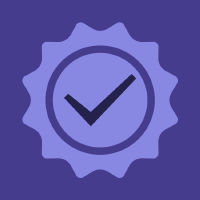The European Commission (EC) asked the European Food Safety Authority (EFSA) and the European Chemicals Agency (ECHA) to develop a guidance document for the implementation of the scientific criteria for the determination of endocrine-disrupting properties pursuant to the Biocidal Products Regulation (EU) No 528/2012
and the Plant Protection Products Regulation (EC) No 1107/2009.
This guidance document is written to provide guidance to applicants and assessors of competent regulatory authorities on how to identify endocrine disruptors in accordance with the ED criteria laid down in Commission Delegated Regulation (EU) No 2017/2100 and Commission Regulation (EU) No 2018/605 for biocidal products (BP) and plant protection products (PPP), respectively. The guidance document describes how to gather, evaluate and consider all relevant information for the assessment,
conduct a mode of action (MoA) analysis, and apply a weight of evidence (WoE) approach, in order to establish whether the ED criteria are fulfilled.
The guidance document has been subject to several consultations which are summarised in a technical report (ECHA and EFSA, 2018) . It was consulted twice with an ad-hoc Consultation Group of Member States experts and stakeholders (April-May 2017 and July-August 2017). A general public consultation was held (December 2017-January 2018) to which any interested party could respond. A targeted consultation of risk assessors from competent authorities in the plant protection and biocidal product sectors were consulted in parallel with the EFSA Scientific Committee and the EFSA Panel on plant protection products and their residues (April 2018). Finally, risk managers of the competent authorities for biocidal products and of those for plant protection products were consulted, before adoption of the guidance by ECHA and EFSA according to their procedure (May 2018). When revising the guidance following the above consultations, the overall feedback received and the status of scientific knowledge was considered and it was acknowledged that the document, in future, may need to be revised, when relevant further scientific knowledge becomes available and on the basis of the experience acquired with the application of the present guidance document.
Chapter 3 presents the assessment strategy for determining whether a substance meets the ED criteria.
The strategy is based on the requirements outlined in the ED criteria. An approach is proposed for analysing the information provided in a dossier submitted for approval of a substance in the context of the PPP or BP Regulations.
Chapter 4 gives an overview on the information sources that may provide suitable information for ED identification and therefore should be considered for the assessment. In addition, Chapter 4 provides guidance on how to consider the scientific data generated in accordance with internationally agreed study protocols in order to facilitate the evaluation of both adverse effects and endocrine activity (by following the process explained in Chapter 3). The rationale for grouping effects is based on the ‘Guidance Document on standardised test guidelines for evaluating chemicals for endocrine disruption.
Series on Testing and Assessment No. 150’ provided by the Organisation for Economic Co-operation and Development (OECD) (OECD, 2018b) for their interpretation with regard to estrogenic, androgenic, thyroidal and steroidogenic (EATS) modalities and adapting the Joint Research Centre’s (JRC) screening methodology to identify potential endocrine disruptors (JRC, 2016).
Chapter 5 gives recommendations for applicants and assessors from evaluating authorities and for future research and Chapter 6 provides the references. The guidance is complemented with a list of abbreviations and a glossary of terms and definitions used in the text, and several appendices providing information on some specific scientific or technical issues (Appendix A – Additional considerations on how to assess the potential for thyroid disruption; Appendix B – Recommendations for design, conduct and technical evaluation of hormonal studies; Appendix C – Information requirements under the BP and PPP Regulations; Appendix D – Databases, software tools and literature-derived (Q)SARs; Appendix E – Excel template for reporting the available information relevant for ED assessment; Appendix F – Example on how to develop the search strategy protocol; and Appendix G – Example of MoA for nontarget organisms (fish)).

































